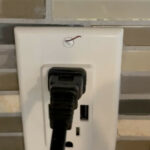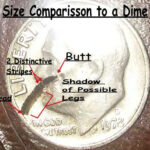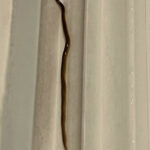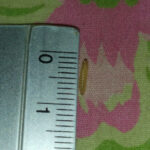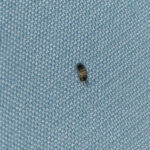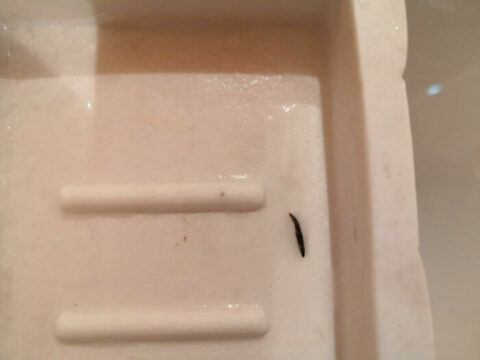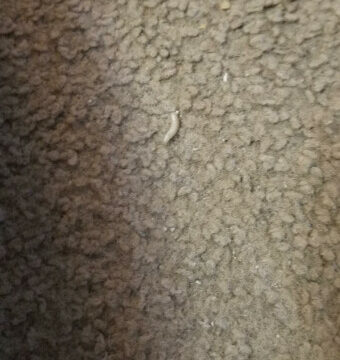Worms that invade pet food may be the larval stage of any pantry pest, including moths and beetles. Dermestid beetle larvae, in particular, can be fond of pet food. This beetle group includes larder beetles, cabinet beetles and carpet beetles. Any of these three varieties is known for the ability to scavenge. Pet owners should view the presence of worms in food seriously and take aggressive tactics to avoid massive infestations.
It’s very easy to introduce pantry pests into the home with dry pet food. During the manufacturing process, cat and dog food is heated to eliminate these problems. However, bags of food become pest magnets once they arrive at a warehouse, a store, or in your home. A pet store is at great risk of attracting pests. Birdseed, for instance, is highly susceptible to infestations of pantry pests as they don’t undergo the same heating processes. In addition, pet stores also sell mealworms as food and these may appear in your pet’s food. Any unwanted creature can hitch a ride into your home in the form of eggs, larvae, or adults.
Using the pantry as a storage area for pet food is a bad idea. If pests are already present in the pantry, they’ll be drawn to the ingredients in pet food. When worms are brought in with the pet food, they will naturally find other sources such as flour and pasta. Storing pet food in another room or in the garage is no guarantee, either. Even then, worms and adults can find their way into the pantry and find foods kept in cabinets.
When the pantry or pet food becomes overpopulated with dermestid beetle worms, they will also attack clothing, linens, and other household items. Regular cleaning is essential as these insects also thrive on animal and human hair, dried pieces of any animal product such as meat, and even other critter carcasses. Dermestid beetles in the larval stage look like slightly hairy brown worms with white undersides. Other pantry pests can come in many shapes and sizes. Their “worm” stages will vary widely from light to dark in coloration as well.
When purchasing pet food, always check the expiration date. Choose the freshest bags possible. Once home, freeze the food for several days, if you have room. This will kill the pests at any stage and the food should be safe to consume. If, however, you open a bag and find it is already full of worms, beetles, or moths, return it to the store for a refund or throw it away. Pets are not at risk for internal parasitic infestations from pantry worms in the food.
If you suspect that the worms in pet food may be in other parts of your home, it’s critical to locate the source. This can range from clothing and any woolens to every pantry item that is in bags or boxes. Store food items in airtight containers and clean shelving. Spray with an approved insecticide. Vacuum on a regular basis and continue to check for signs of bugs.
Eliminating pantry pests at any stage is not an easy task. Long-term vigilance is required as many of these insects in the adult stage can live for up to three years in your home.
All About Worms is always free, always reader-supported. Your tips via CashApp, Venmo, or Paypal are appreciated! Receipts will come from ISIPP Publishing.



